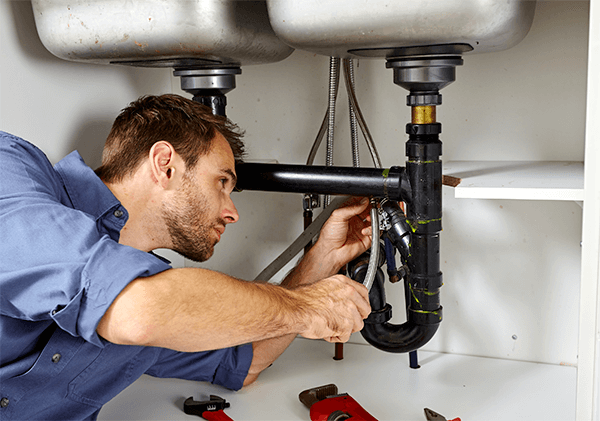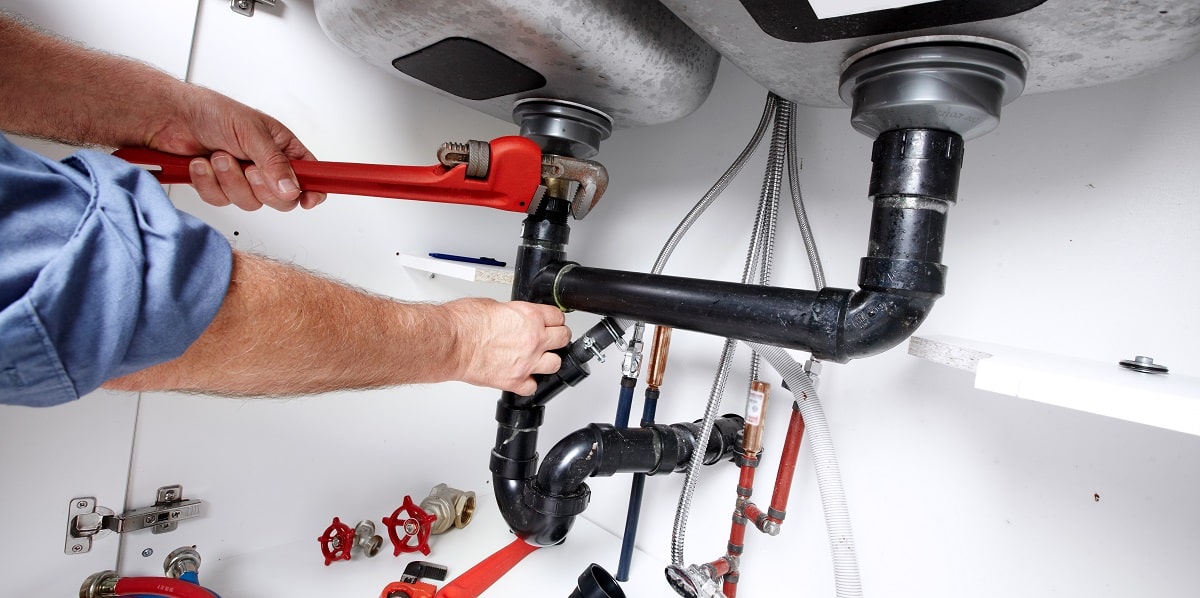Tips for Addressing Plumbing Challenges in Older Homes
Tips for Addressing Plumbing Challenges in Older Homes
Blog Article
Are you currently on the lookout for know-how on Plumbing Problems In Old Homes?

Older homes commonly include beauty, personality, and background, however they can likewise bring a host of plumbing problems. Whether you're dealing with maturing pipes, low water pressure, or leaks, knowing how to resolve these usual issues is critical to maintaining a safe and practical home. In this guide, we'll explore the common plumbing challenges dealt with by older homes and provide functional solutions to maintain your plumbing in leading form.
Comprehending Usual Plumbing Concerns
Aging Pipes
One of the most usual concerns in older homes is maturing pipelines. Depending on the period in which your home was developed, the pipelines may be made from products that have actually worn away gradually, such as galvanized steel, cast iron, or even lead. These products can wear away, end up being breakable, or establish leaks, bring about water damages and prospective health hazards.
Low Water Pressure
If you're experiencing low water pressure, maybe due to mineral deposits, rust inside the pipes, or old fixtures that are no longer operating efficiently. This can be a major aggravation, particularly in areas like showers and sinks.
Leaking Pipelines
Leakages are an additional frequent issue in older homes, often caused by corroded or damaged pipes. Also tiny leakages can lead to considerable water damages, mold growth, and boosted water costs if not dealt with promptly.
Obsolete Components
Obsolete pipes fixtures such as taps, toilets, and showerheads not only look old yet might also be less effective, susceptible to leakages, or inappropriate with modern-day pipes requirements.
Pipeline Rust
Rust is an usual issue in older pipes, especially those made from galvanized steel or cast iron. Corroded pipes can limit water circulation, trigger staining, and ultimately cause leaks or pipe bursts.
Analyzing the Problem of Your Plumbing
Inspecting Noticeable Pipelines
Start by inspecting any kind of noticeable pipes in your home, such as those in basements, crawl spaces, or under sinks. Look for indicators of deterioration, leaks, or corrosion, which can indicate underlying concerns.
Looking for Leaks
Look for leaks by checking areas around taps, bathrooms, and under sinks. You can likewise monitor your water meter prior to and after a period of no water utilize to find surprise leaks.
Water Quality Screening
Older pipelines can impact the top quality of your water. Conduct a water quality test to look for pollutants such as lead, rust, or various other pollutants that might be introduced by aging pipelines.
Solutions for Typical Pipes Problems
Replacing Aging Pipes
If your home has old, deteriorating pipelines, think about changing them with contemporary materials like copper or PEX. This can be a substantial financial investment, however it will protect against future problems and boost the security and reliability of your plumbing system.
Taking Care Of Low Water Stress
To fix low tide pressure, begin by cleaning or changing old components and eliminating mineral buildup in the pipes. If the problem persists, it might be necessary to change areas of corroded pipes.
Repairing and Changing Leaking Pipelines
For small leaks, you can make use of pipe clamps or epoxy putty as a short-lived solution. Nevertheless, it's ideal to replace dripping pipes completely to stay clear of further damage.
Updating Fixtures
Updating old components to contemporary, water-efficient models can enhance your home's pipes performance and decrease water intake. Look for fixtures with the WaterSense tag for the best performance.
Handling Pipeline Deterioration
If your pipes are rusted, changing them with corrosion-resistant products like copper, PVC, or PEX is the best service. Normal inspections and water high quality upkeep can aid avoid better corrosion.
When to Call a Professional
While some plumbing problems can be taken care of with do it yourself options, there are times when it's ideal to hire an expert. If you're managing major leaks, substantial rust, or are not sure concerning the problem of your pipes, a certified plumbing professional can provide experienced assessment and repair work.
Preventive Upkeep Tips
Regular Evaluations
Consistently examine your pipes system for indicators of damage. Capturing concerns early can stop pricey fixings down the line.
Water Pressure Regulation
Ensure your water stress is within the recommended array to stay clear of stressing your pipelines and fixtures. A plumbing technician can mount a pressure regulator if required.
Water Top Quality Maintenance
Install water filters or softeners if your water top quality is poor. This can shield your pipelines and fixtures from damage caused by tough water or impurities.
Aggressive Pipeline Substitute
If your home has very old pipelines, take into consideration positive replacement before significant concerns develop. This can conserve you from emergency repairs and water damage.
Conclusion
Managing pipes problems in older homes requires a mix of caution, precautionary maintenance, and prompt upgrades. By comprehending the typical difficulties and knowing when to look for expert help, you can guarantee your pipes system remains useful and reputable for several years ahead.
7 Common Plumbing Issues in Older Homes
Read More Plumbing Articles
Whether you're mulling over purchasing your dream period property, or you already own one, being aware of common plumbing problems in old homes can help you avoid expensive mishaps.
Many plumbing problems in old homes are similar to those faced in newer properties, but some are more prevalent in houses over a certain age. If you've recently bought an old house or haven't had your aging plumbing system inspected in a while, it's worth keeping an eye out for the following issues:
Bad Pipe Materials
Depending on the age of your home, the pipe materials used in your plumbing system may not comply with modern building codes and could be unsafe.
Lead pipes are the most dangerous type of old plumbing pipes. This metal was once used extensively for manufacturing water pipes because it's easy to shape and has a long lifespan. Plumbers also used it to solder joints between pipes made from other materials. However, lead can cause serious health problems, particularly in children. Drinking water from pipes containing lead can lead to lead poisoning symptoms, such as stomach pain and fatigue, so it's essential to replace them if you discover them in your home.
Outdated Fixtures
Even if the previous owners installed high-quality fixtures, these won't be immune to the effects of age and wear and tear. Over time, fixtures can corrode and wear down, increasing the likelihood of leaks and clogs.
Sometimes, an outdated fixture can be a minor irritation that makes using your plumbing system less convenient. However, it's best to maintain older plumbing components carefully and replace them when they show signs of failure to avoid a major leak and water damage.
Corroded or Leaking Pipes
Corroded pipes are a common plumbing issue in old homes. Corrosive substances in the water supply can gradually break down the metal used to make the pipes, eventually causing leaks. Corrosion can also cause sediment to build up, increasing the chances of a clogged pipe. All these issues take time to develop, making them more likely in old house plumbing.
Drain Problems
Older home drainage systems were often installed before the arrival of appliances such as garbage disposals, so they're frequently incapable of handling modern household usage. The result could be frequent clogs or water backing up into sinks and other fixtures.
A failing sewer line is the most serious drainage issue commonly encountered in old houses. This problem is more likely if you've remodeled your home to add more fixtures, placing more pressure on a sewer line not designed for the purpose. Eventually, the line can become clogged, causing unpleasant indoor smells, poor drainage and contaminated wastewater backing up into your fixtures.
Pipe Bellies
Pipe bellies develop when pipes buried in your home's foundation start sagging as the building settles. They create downward slopes, affecting water drainage and increasing the risk of significant blockages. You don't need to worry about pipe bellies in a pressurized main line, as the water pressure prevents the pipes from clogging, but they can cause issues in drain lines.
Root Intrusion
Root intrusion occurs when trees and other shrubs grow roots too close to your sewer line or water service line. Sometimes, the roots penetrate the pipe walls, leading to leaks and soft or wet areas in your yard.
Unfortunately, root intrusion is a more common plumbing problem in old homes. That's because older houses are more likely to have pipe bellies allowing standing water to accumulate, attracting roots to the moist conditions.
https://www.elocal.com/resources/home-improvement/plumbing/faq/plumbing-issues-in-older-homes/

We hope you enjoyed our piece on Plumbing Problems In Old Homes. Thank you so much for finding the time to read our blog. Sharing is caring. Helping others is fun. We thank you for reading our article about Common Plumbing Problems in Older Homes.
Need Help? Hire Us Now! Report this page